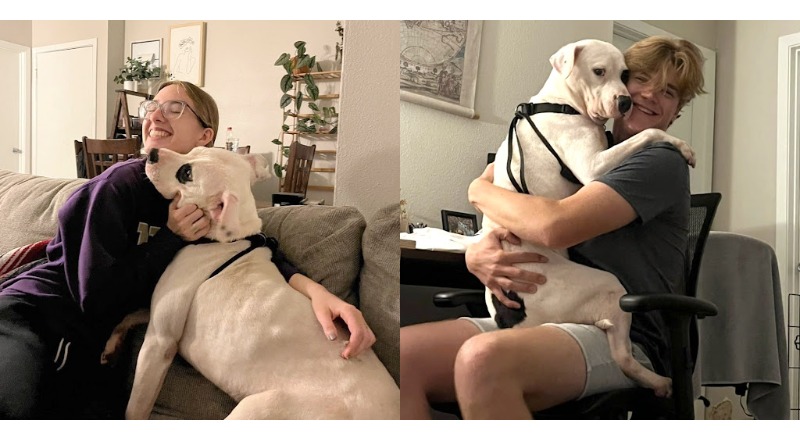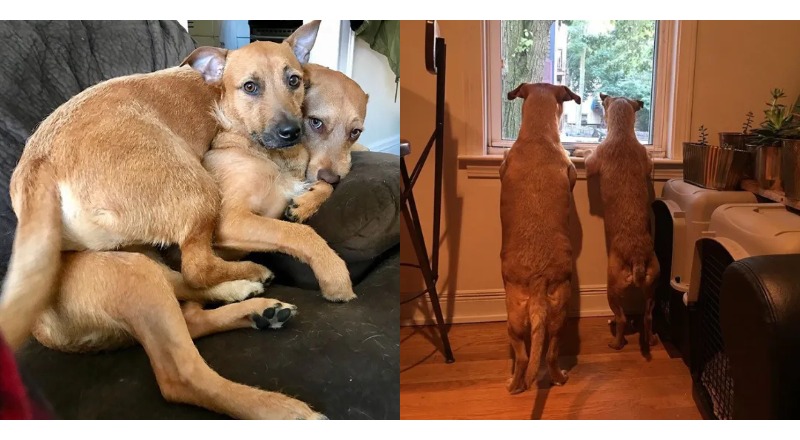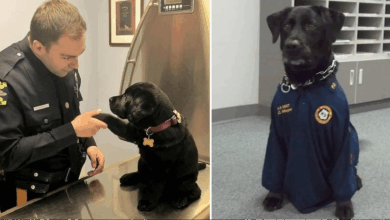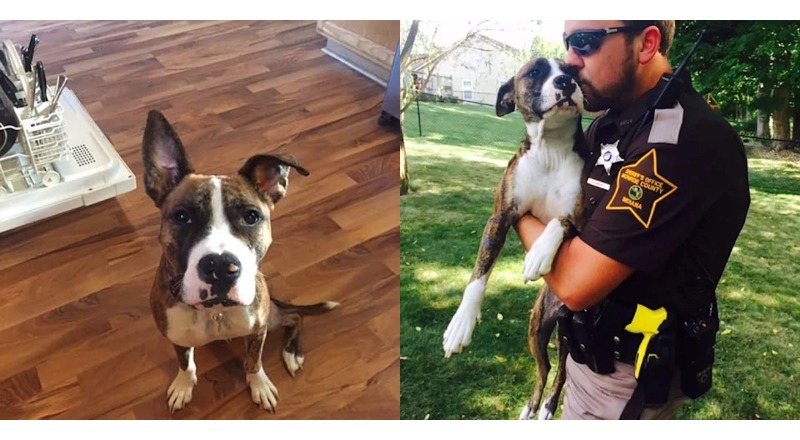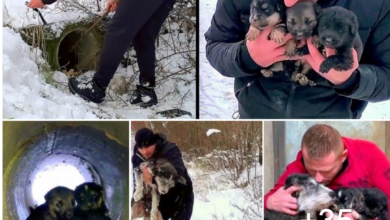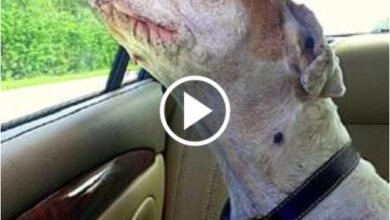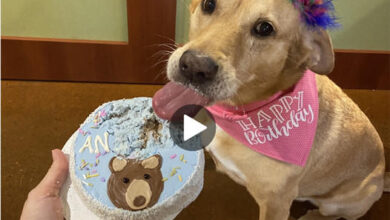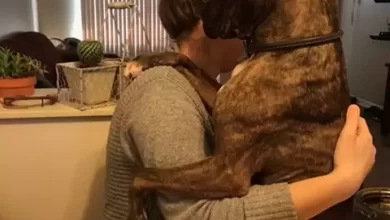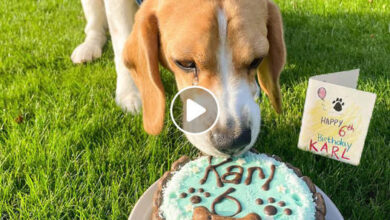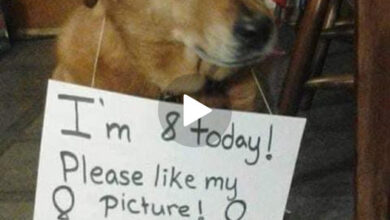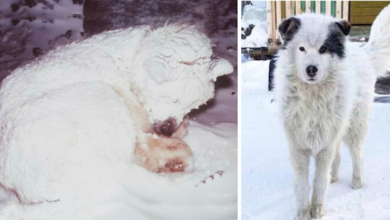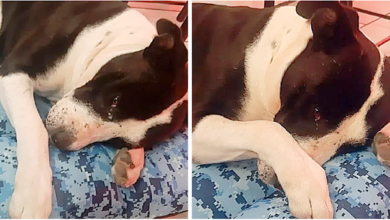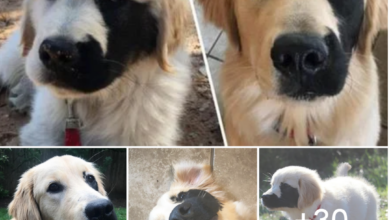Reunion Delight: The moment of joy and happiness of the boy and his mother dog when receiving a gift from his father as his lost puppy after 2 months is spreading throughout the online community !

In a heartwarming story that has captured the hearts of many, the sheer joy and happiness of a young boy and his mother dog upon receiving a surprise gift from his father have reverberated throughout the online community. This heart-touching moment occurred when the boy was reunited with his lost puppy after two long months of separation, filling their home with an overwhelming sense of emotional jubilation.
The story begins with the boy’s profound sense of sadness and frustration when his beloved puppy went missing. The entire family tirelessly scoured every nook and cranny, investing countless hours in the search, but the puppy remained elusive. Both the boy and his mother dog felt a deep sense of loss, as if an essential piece of their lives had been inexplicably taken away.
However, the tides of fate turned in the most magical way. Out of nowhere, the lost puppy reappeared, looking weary and worn but with a spirit that had not waned. The moment the boy set eyes on his long-lost companion, an iridescent smile illuminated his face. It was a pure manifestation of emotional elation that eclipsed any feelings of sorrow or anxiety.
With a tight and affectionate hug, the boy embraced his puppy, feeling the warmth and unconditional love radiating from the little furry friend. The mother dog joined in the jubilation, their embrace a poignant symbol of the overflowing joy they both experienced. In that singular moment, all the worries and difficulties of the search dissipated, replaced by the triumphant return of the cherished puppy.
The heartwarming reunion was shared on social media platforms, where the boy posted photographs and recounted the tale of his dog’s return. The story quickly became a sensation, resonating deeply with people from all corners of the online community. It’s a narrative of patience, love, and unyielding hope that has touched hearts and kindled inspiration worldwide.
This once-stray puppy has evolved into a symbol of connection and love within the online realm. Images and anecdotes of stray puppies have proliferated, drawing attention and evoking empathy from all quarters. The shared sentiment for the boy and his mother dog has led to a global outpouring of encouragement and congratulations.
Beyond the family’s delight, the puppy’s return has ignited a wave of compassion and care for animals. The story has prompted discussions about responsible pet ownership and the protection of our four-legged companions. The boy’s journey has spurred a collective commitment to aiding lost animals, and encouraging acts of kindness that foster happiness and well-being.
This heartwarming reunion doesn’t just encompass the boy and his mother’s dog – it signifies a broader bond between people and animals. The narrative has incited a newfound dedication among individuals to enact positive changes in the lives of the animals around them. The boy and his mother dog continue to be grateful for the serendipity that has graced their lives. This special gift doesn’t merely bring joy; it contributes to cultivating an online community characterized by kindness and sharing.
The story of the boy and his mother dog’s joyous reunion through a thoughtful gift has reverberated across the digital landscape, offering inspiration and hope to all who encounter it. It serves as a reminder to embrace love and compassion for animals and stands as a testament to the immense power of connection and affection in the tapestry of life.
